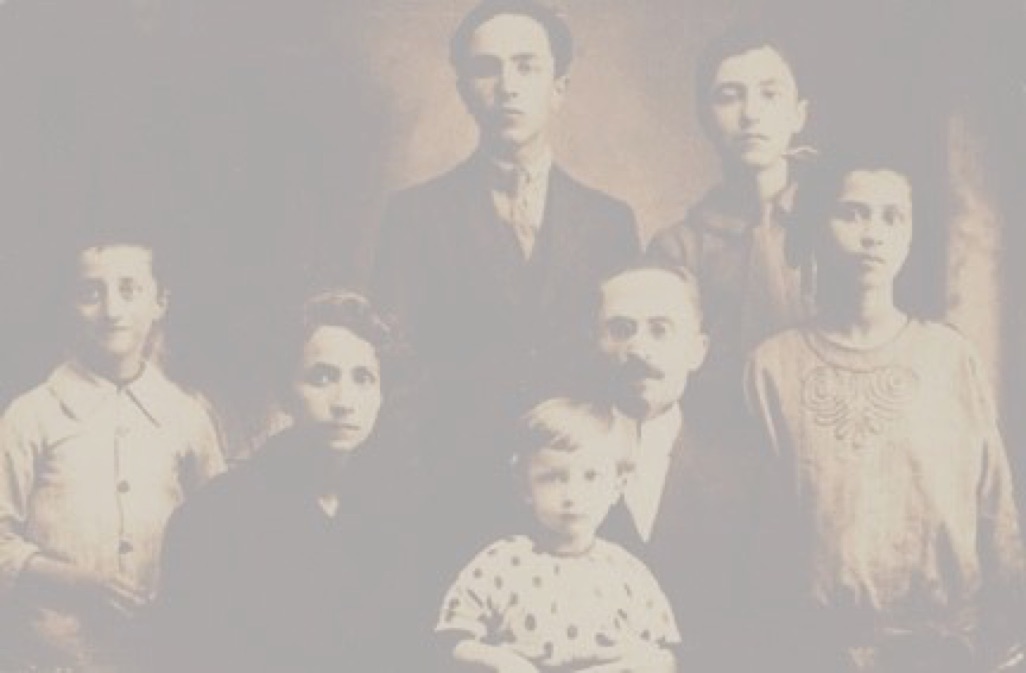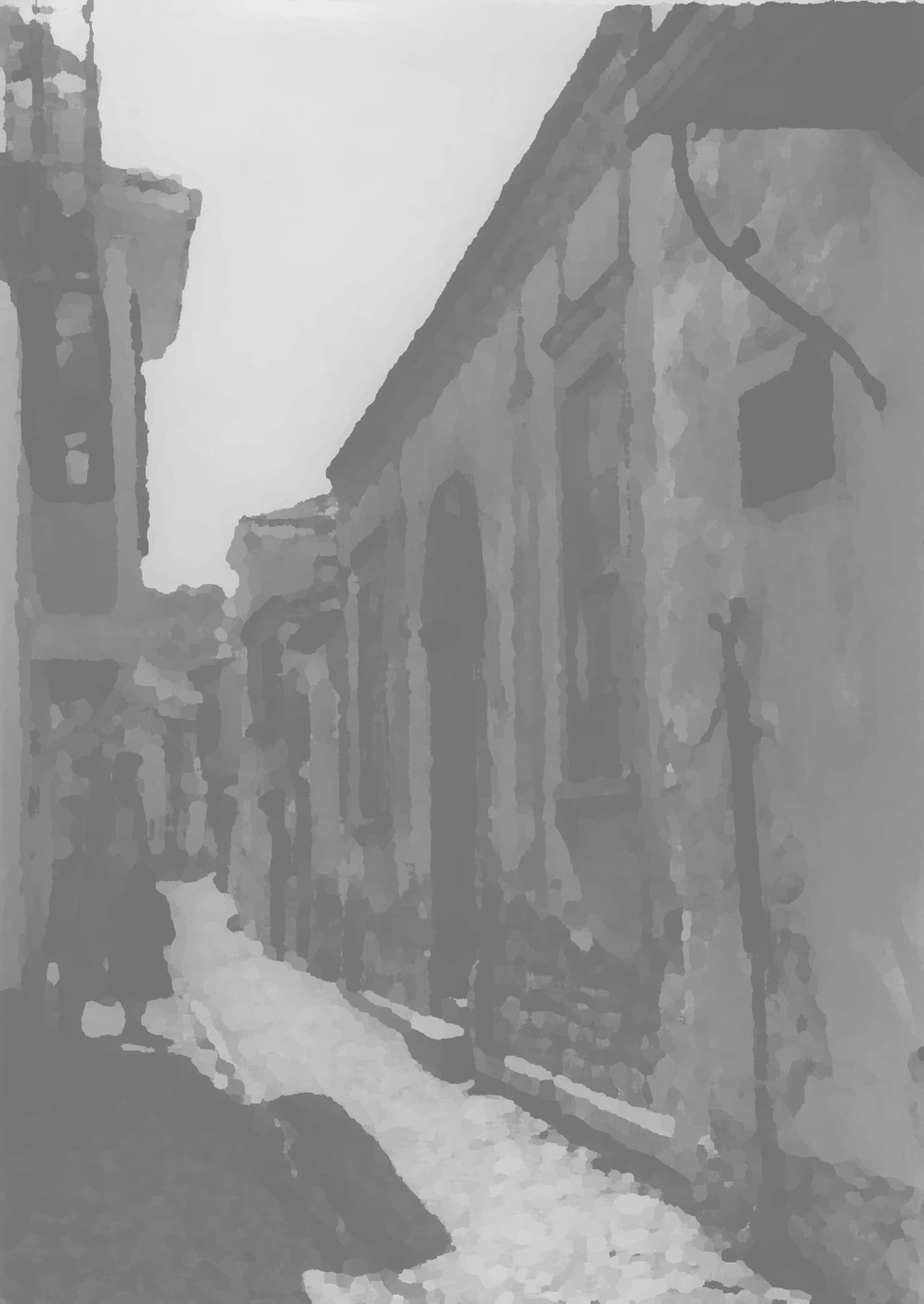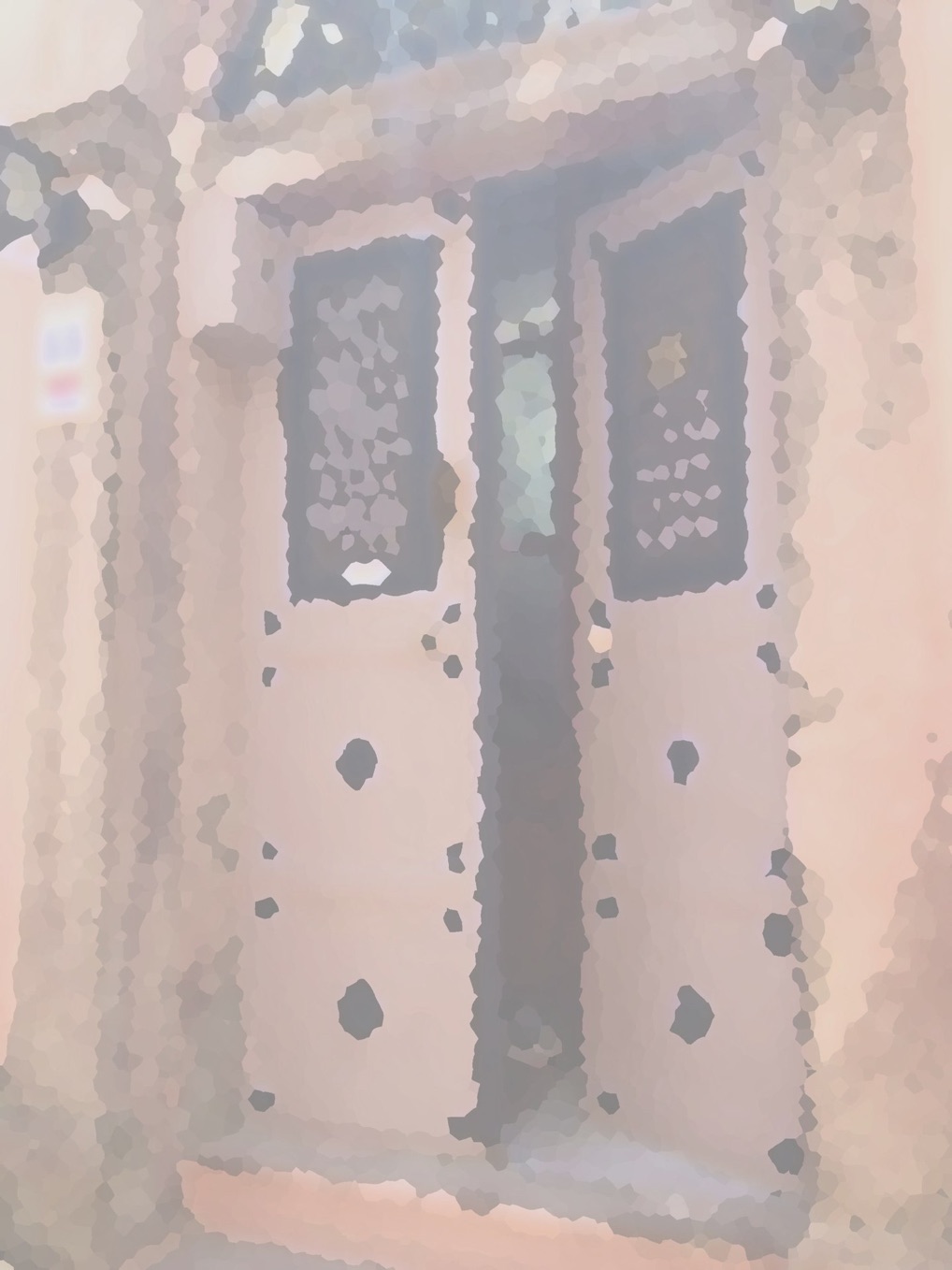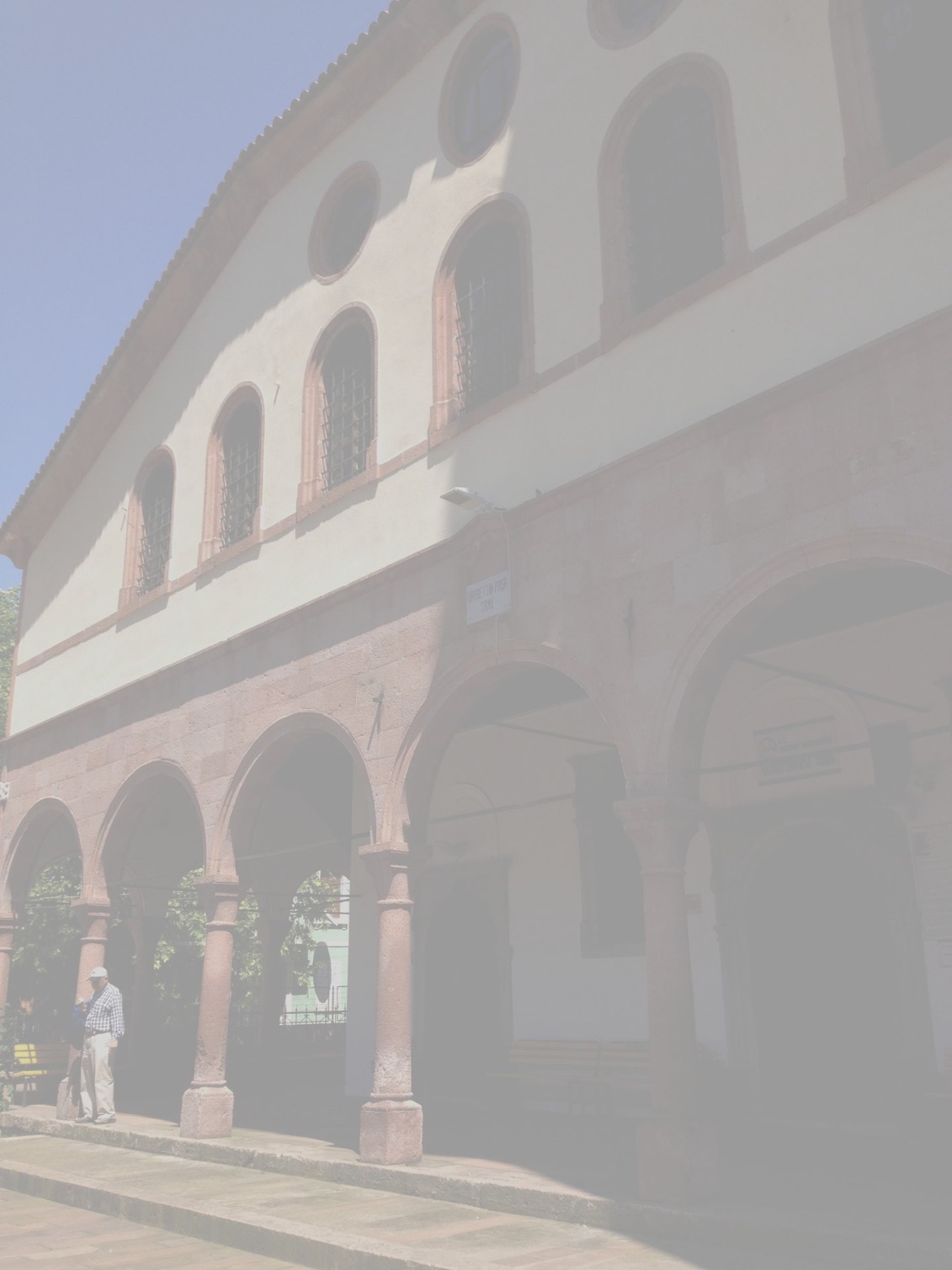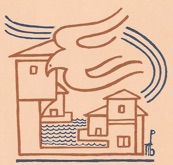Coming home to Aivali
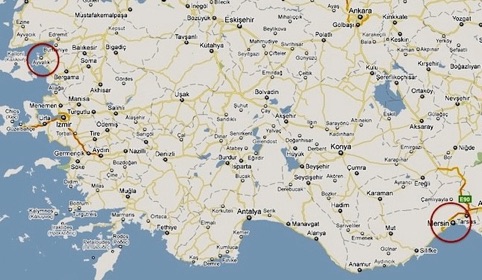
As 1922 unfolded, my father’s family went to Mytilene for a couple of years before settling in Athens. His father, my grandfather, whose name I proudly carry, was a physician and was able to restart his practice there. My mother’s family went to Cyprus and ended up in Salonika, Greece.
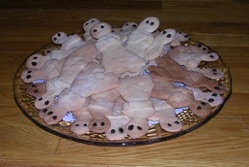
Living in America did not diminish my interest in Aivali and I always eagerly participated in social or academic gatherings about the uprooted Greeks of Asia Minor. My sense of the town was based on my father’s and his best friends’ recollections and the autobiographical novel “O Thanasos” written by my father’s brother Kostas. For more about Aivali, its history and culture, check: http://www.mparaschos.com/aivali/The_Early_Days.html
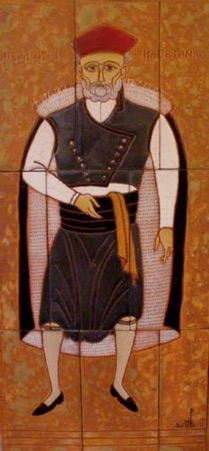
The blog’s writing was superb, and its research accurate and fair, which encouraged me to ask its author if she might have an interest or the time to look for my family’s house if I sent her a photo my father had taken when he visited in 1952. To my pleasant surprise Ms. Foster loved the idea and after 72 hours of intense walks around the old town (my father’s “κάτω πόλι” or low town) and tens of photos, she and we (using magnifying lenses) agreed that she had found it. Her September-November blog entries describe the circumstances of her search: http://camelbarnlibrary.blogspot.com/2010/09/email-from-ghost.html [NOTE: In September 2014, the site appeared to have been disconnected.]
Eventually she visited the current house owners and told them about us. Their immediate reaction was to invite us to visit any time.
Three years later, in spite of my personal insecurities, hesitations and inhibitions, my wife Janet and daughter Sophia persuaded me to go. So in May 2013 we went to Aivali.
On the first night there, Ms. Foster had arranged a dinner for us with her best Aivali friends, and the next day she took us to visit the former Paraschos homestead.
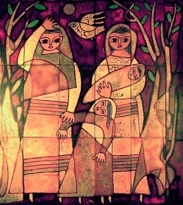
During our visit, we found the Paraschos’ parish (Zoodochos Pigi or Κάτω Παναγιά/Kato Panagia), where the children were baptized, as well as their elementary and high schools. We saw several of Aivali’s original 11 churches (now mosques or in disrepair), but we were unable to find the hospital of Saint Haralambos, which my grandfather, Dr. Emmanuel Paraschos, once directed.
It was an unforgettable and emotional visit. The unconditional hospitality we were shown by the current owners and people in hotels, restaurants, shops, etc., made me rethink my attitude about the people of Turkey. Especially gratifying was the show of genuine excitement when they heard that my parents were born in what is now Turkey (it didn’t take long for me and Sophia to start “looking Turkish”). Equally gratifying was for us to find out that most Aivali’s current residents’ roots were in Greece, where their grandparents lived before the population exchange in 1924-25.
Visiting the town where at least two generations of Paraschos had grown up was unnerving, perplexing and often numbing--after decades of imagining, here I was in a Paraschos house, which did not belong to us and in a land that was not ours.
In several ways, it was an exercise in learning and tolerance--an exercise in understanding and a challenge to prejudice.
We tried to return every ounce of warmth and sincerity we were shown. If we succeeded, the trip transcended the personal and might have even helped lift, ever so slightly, the curtain of suspicion that still separates our two peoples. In this way, at least we had a chance to peek straight into each other’s souls.
That alone made the trip worthwhile.
Manolis (Manny) Paraschos
Boston, MA
June 2013
Illustrations above: Turkey’s map (Google maps); Lazarelia (M. Paraschos), Aivaliote Captain (Valsamakis); Prosfyges/
Refugees (Valsamakis); the Dove of Peace over Aivali (Valsamakis). Page background photo credits: 1952 house door (Evmenis Paraschos); the Paraschos family in Aivali, 1922; 2013 house door (Sophia Paraschos); Kato Panagia church 2013 (Janet Paraschos). [P. Valsamakis, a world known ceramist/author/illustrator, was a family neighbor from Aivali.]
